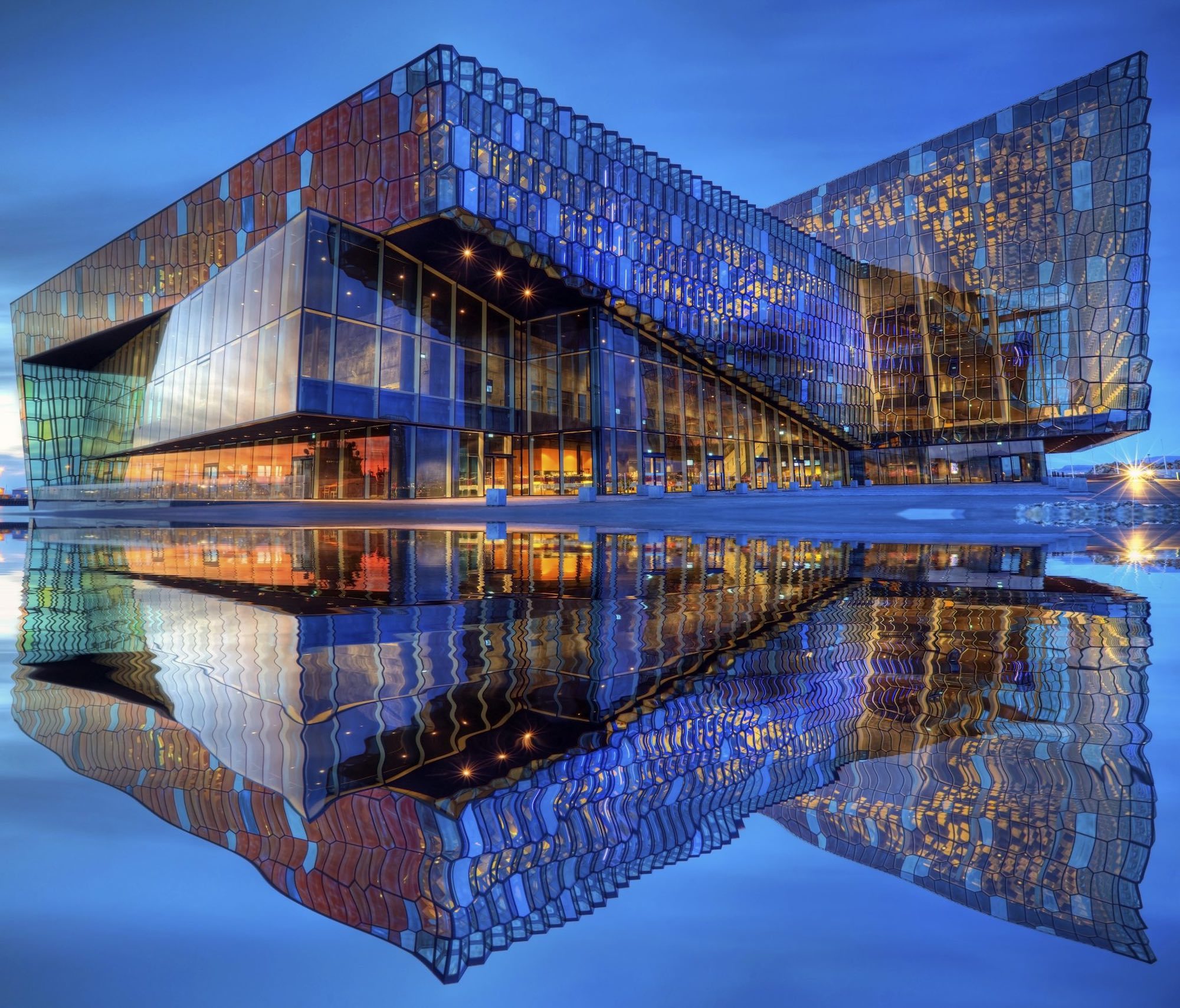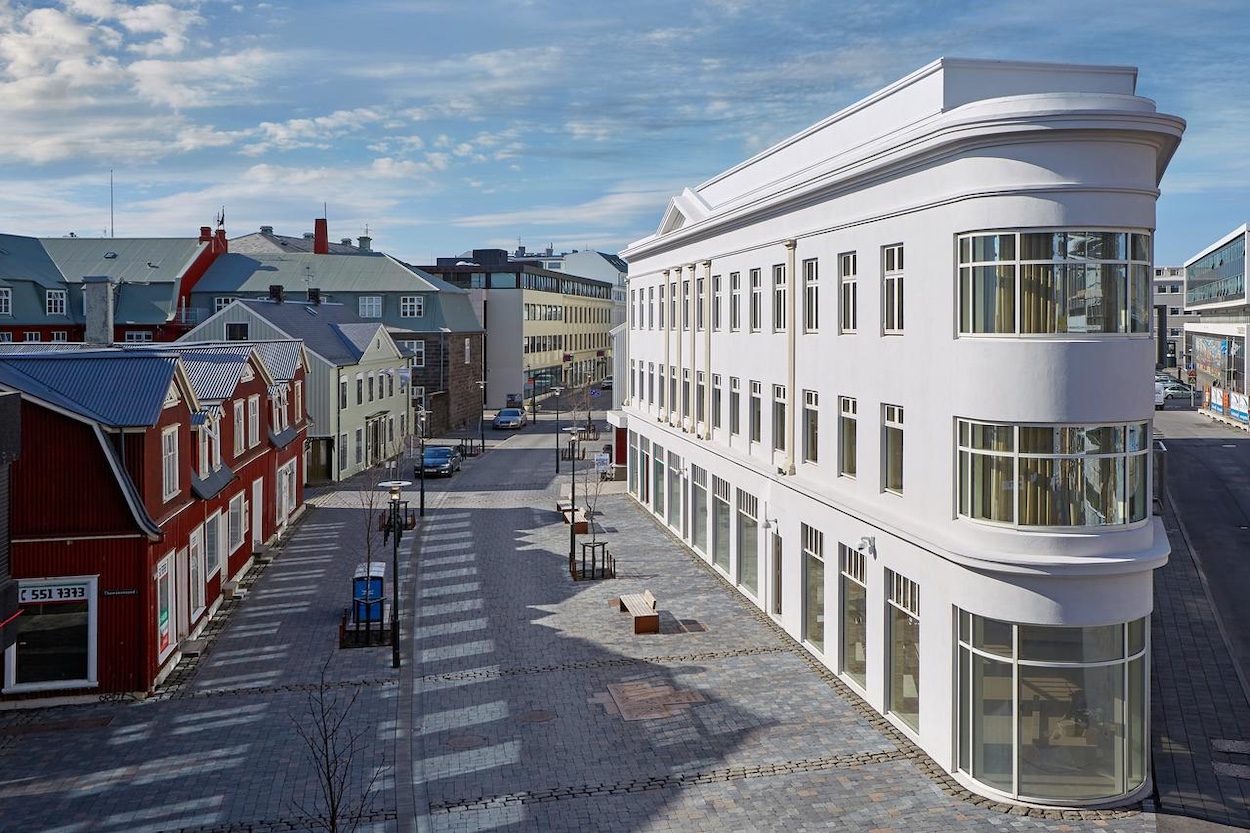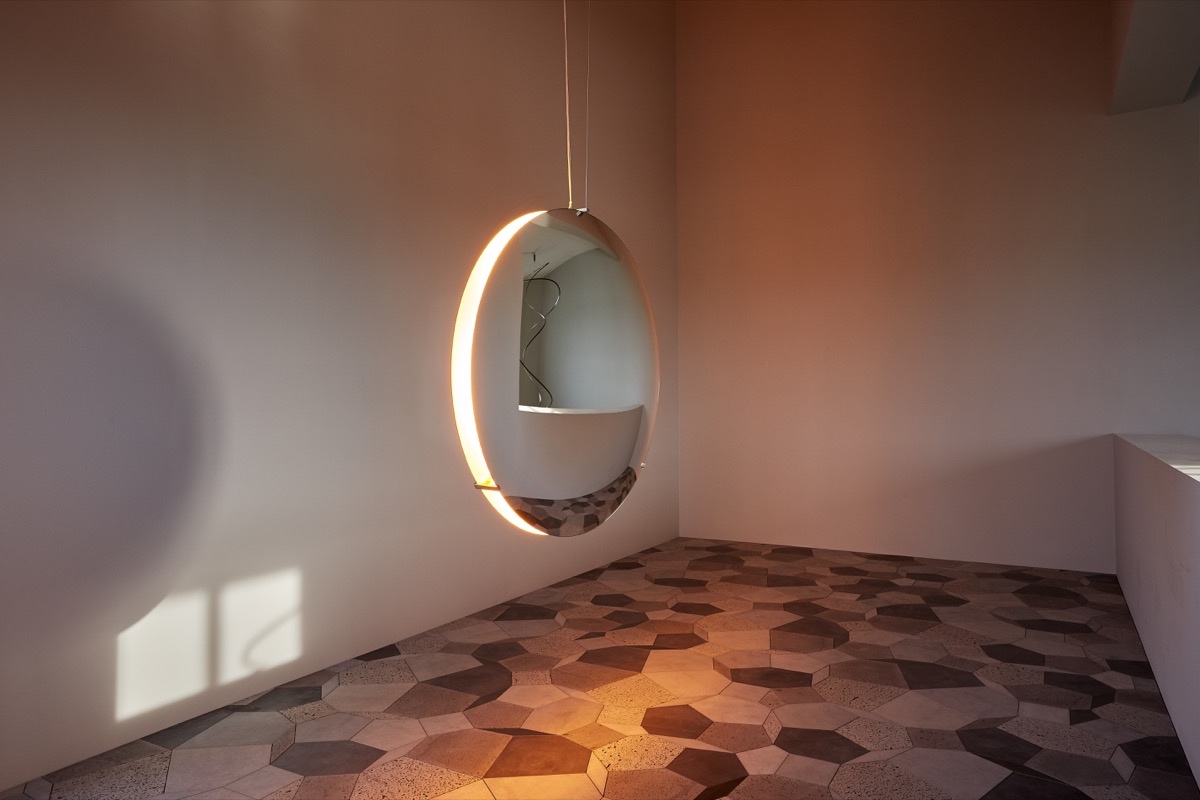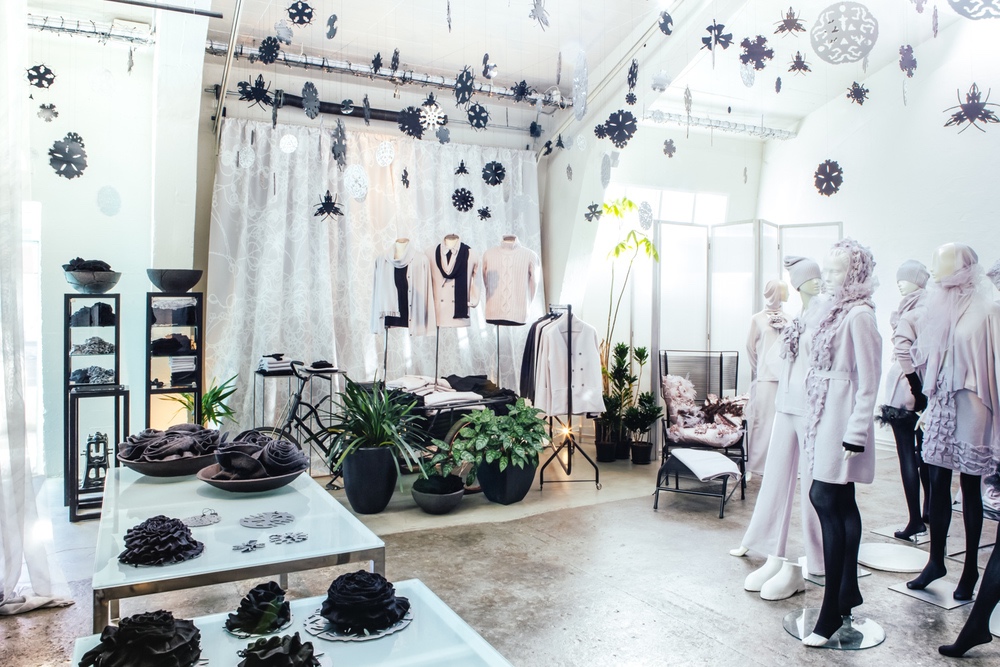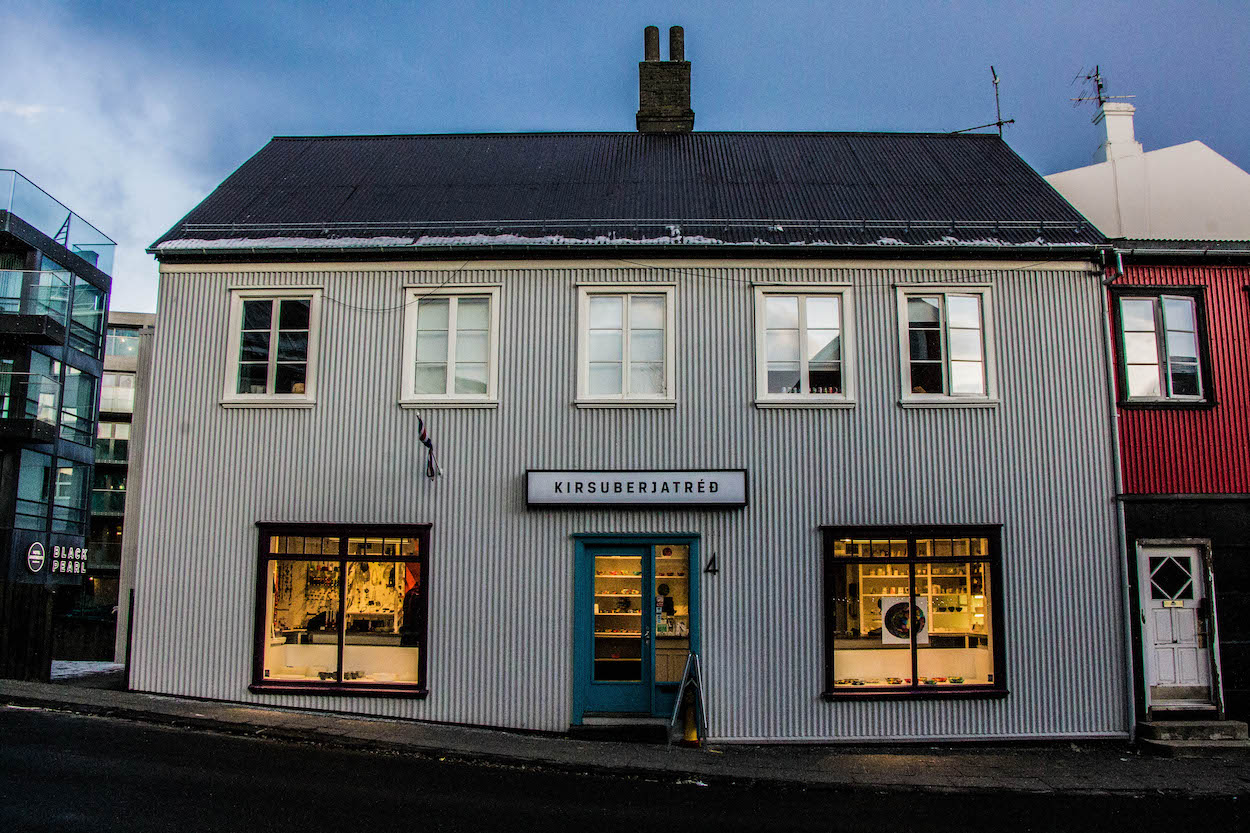Next week marks the eleventh edition of DesignMarch, Iceland’s annual design festival, which takes place in the world’s most northerly capital from March 28–31 at Harpa, the concert hall covered by Danish-Icelandic artist Olafur Eliasson in reflecting glass panels. British designer Katherine Hammett headlines a roster of international names delivering Design Talks across topics, from the role of graphic design in global politics to habitation on Mars. Certainly this is a country better known for design by Mother Nature, yet Reykjavík truly impressed me when I attended a previous incarnation of the Nordic display of fashion, furniture, architecture, food and product design. Here, my list of must-visit stops.
STAY
Reykjavík Konsulat Hotel
This 19th-century department store turned homey hotel houses a collection of works by Johann Ludwig Torfason, who launches Dear Laugavegur, a book of his naïve yet bold drawings at DesignMarch.
Centerhotel Thingholt
You will quickly notice, and perhaps tire of, Reykjavík’s penchant for straight out of the IKEA box Scandinavian décor. This 1943 converted printing factory designed by native daughter Gulla Jonsdottir provides stylish refuge with Fendi chairs and Poliform sofas.
Sandhotel
Follow the scent of sourdough down the spiral staircases in these repurposed heritage buildings named for the 99-year-old bakery downstairs rightly revered for its hearty loaves and homemade chocolate. Inside the 53 individually designed guest rooms, Nordic architectural details meet contemporary Icelandic art curated by I8 gallery, which represents local talents with international impact like Eliasson and Ragnar Kjartansson.
SEE
The Marshall House
This four-story herring factory along Grani Harbor is now occupied by the artist-run collectives Living Art Museum and Kling & Bang, plus large-scale installations by Olafur Eliasson.
Asmundarsalur
This Scandinavian Modernist masterpiece built in 1934 now hosts contemporary exhibitions just behind Hallgrímskirkja Church, Reykjavík’s most prominent landmark.
Gulla Jonsdottir
For a more substantial souvenir, consider the white alabaster Volca table slashed by a suspended flow of rose gilding, glaciers wrought in rug weave, or chairs inspired by galloping Icelandic horse legs and Viking cuffs.
COVET
Kirsuberjatréð
This co-op of female artisans who take turns minding the shop, a former bookstore dating to 1882, is a welcome conscientious objector to the proliferation of vendors stocking stuffed toy renditions of Iceland’s national and overexposed bird, the Atlantic puffin.
Steinunn
After designing knitwear in New York for Ralph Lauren, Calvin Klein, and Tom Ford, then serving as creative director at La Perla, Parsons School of Design’s first Icelandic grad, Steinunn Sigurdardottir, returned to her native land. Now, her knit jackets, ruffled wraps, and wool dresses hang inside a former fishnet repair shop along Reykjavik’s charming old harborfront.
Yeoman
Jonathan Saunders alum Hildur Yeoman credits sorcerer friends and her homeland’s ethereal landscapes with the backstories she illustrates on frocks for this sliver of a boutique off the high street known as Laugarvegur. Her sequined embellished SS19 collection is launching at DesignMarch.
Hildur Hafstein
Volcanic stones, tree bark and animal horns stylized as earrings, chokers, and bangles by the Swedish born, Spanish-trained designer fill this cozy studio-cum-boutique in a historic iron house built in 1905.
Verandi
Created to counterbalance tourism’s toll on Iceland’s delicate eco-system, this highly effective 100% organic body scrub is made in small batches with indigenous sea salt, seaweed, and coffee grounds recycled from Reykjavík’s hipster espresso bars.
Omnom
Icelanders love their nammi, (candy), from sentimental favorites like the Opal licorice pastilles, which come in the original Pop Art packages designed in 1945 by Icelandic painter Atli Már Árnason to these chocolate bars infused with native organics like barley and malt. You won’t take a bite and think you’re in Switzerland but they make great gifts thanks to their eye-catching graphic packaging.
